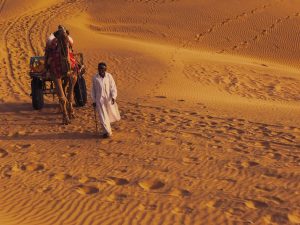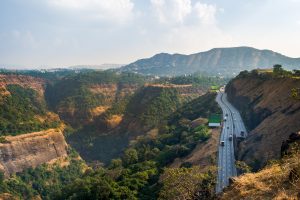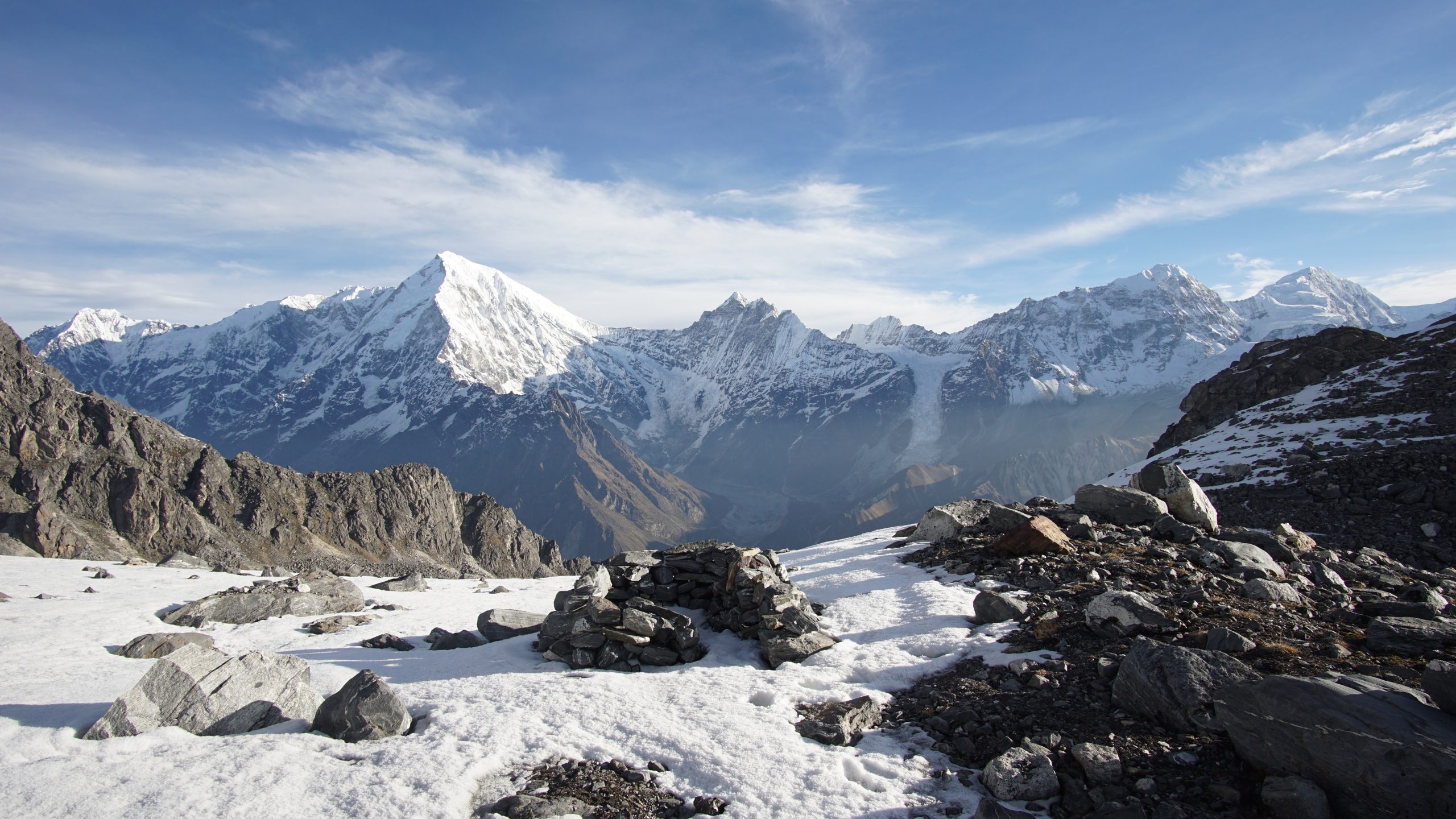Nestled in the heart of the Asian continent, India stands as a testament to the awe-inspiring diversity of our planet’s landscapes and climates. From the snow-capped peaks of the Himalayas to the sun-soaked beaches of its southern coastlines, India is truly a land blessed with a kaleidoscope of climates. This diversity has not only shaped the nation’s geography but has also played a significant role in its culture, economy, and way of life.
The Himalayan Majesty

In the northern expanse of India, the towering Himalayan range reigns supreme. These majestic peaks not only serve as a natural border but also bring forth a unique alpine climate that is a rarity in a tropical country like India. High-altitude regions such as Himachal Pradesh and Uttarakhand are blessed with a temperate climate that provides respite from the scorching heat of the plains during the summer months. These regions are a haven for adventure seekers, offering opportunities for trekking, mountaineering, and winter sports.
The Desert Charms of the Thar

Contrasting the cool mountains, India boasts one of the world’s most remarkable deserts – the Thar Desert. Stretching across the northwestern states of Rajasthan and Gujarat, this arid landscape experiences harsh temperatures and limited rainfall. The desert’s unique climate has shaped the lifestyles of its inhabitants, leading to the development of adaptive architectural marvels like step-wells and sandstone havelis. The Thar Desert’s camel caravans and vibrant festivals like Pushkar Fair are a testament to the resilience and culture of the people who call it home.
The Tropical Bounty

As we move southward, India’s climate transforms into lush tropical realms. The Western Ghats, running parallel to the western coastline, receive heavy rainfall during the monsoon season. States like Kerala and Karnataka are known for their abundant rainforests, which contribute to their rich biodiversity. These regions are teeming with exotic flora and fauna, and their moderate temperatures make them a year-round destination for nature enthusiasts.
Coastal Tranquility

India’s extensive coastline, stretching over 7,500 kilometers, brings with it a varied coastal climate. The western coast, lapped by the Arabian Sea, and the eastern coast, caressed by the Bay of Bengal, each have their distinct characteristics. The western coast, including states like Goa and Maharashtra, enjoys a tropical climate, with a pleasant winter and a monsoon season that rejuvenates the landscape. On the eastern coast, states like Tamil Nadu and Andhra Pradesh experience a more extreme tropical climate, with the northeast monsoon playing a crucial role in their agricultural cycles.
The Deccan Plateau’s Diversity
The Deccan Plateau, at the heart of peninsular India, displays yet another facet of India’s diverse climate. Its elevation ranging from 300 to 600 meters creates a moderate climate that varies across different regions. Karnataka’s capital city, Bangalore, is known for its pleasant year-round climate, earning it the title of “The Garden City.” Maharashtra’s bustling city of Pune also enjoys a temperate climate, while areas like Hyderabad experience a semi-arid climate, with hot summers and moderate winters.
India’s geographical diversity is an unparalleled masterpiece of nature’s artistry. From the lofty Himalayan peaks to the sandy expanses of the Thar Desert, from the verdant rainforests of the Western Ghats to the vibrant coastlines of the Arabian Sea and the Bay of Bengal, the nation offers an astounding array of climates. This diversity is a source of pride and wonder, shaping the lives and culture of its people in ways that are both profound and subtle. As we celebrate India’s climatic kaleidoscope, let us also recognize the importance of preserving and protecting these diverse ecosystems for generations to come.



